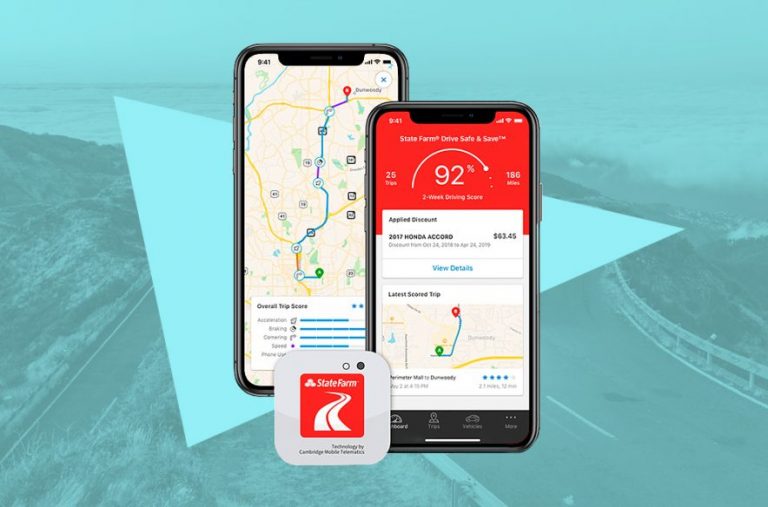One of the important aspects of todays management and leadership development programmes is the use of specific tools to evaluate the effectiveness of the various types of leadership. Results in the context of the application of course speak for themselves, however, from a more scientific perspective, it is important to have accurate measurement techniques. This assists with evaluation, validation and comparative study.
When referring to Transformational Leadership, it is important to be clear on some definitions, especially regarding the Full Range of Leadership (FRL), model which was first developed by James MacGregor Burns. The components are as follows:
Transformational Leadership
* Charismatic Leadership, or Idealized Influence
* Idealized Behaviors
* Inspirational Motivation
* Intellectual Stimulation
* Individualized Consideration
Transactional Leadership
* Contingent Reward
* Management-by-Exception (Active)
Passive/Avoidant
* Management-by-Exception (Passive)
* Laissez-faire
The most well known tool for Transformational Leadership measurement is the Multifactor Leadership Questionnaire, known as the MLQ. The tool consists of 142 statements about the behaviour of the leader. There are two forms of the MLQ — the Leader Form, which is completed by the leader themselves, and the Rater Form, which is completed by the leaders associates. As the Leader form would naturally contain a bias, the Rater form is considered to be the more important of the two.
The MLQ has been used in the evaluation of leaders in corporate and public organizations, as well as the military. It has been translated in to many languages, including French, German and Japanese.
There are several other tools in existence, although few as prevalent or comprehensive as the MLQ. They are:
* Transformational Leadership Behaviour Inventory (TLI) Podsakoff, MacKenzie, Moorman and Fetter (1990)
* Leader Assessment Inventory (LAI) – Warner Burke (1994)
* Transformational Leadership Questionnaire (TLQ) – Alimo-Metcalfe and Alban-Metcalfe (2001)
* Global Transformational Leadership scale (GTL) – Carless, Wearing and Mann (2000)
* 15 item rating scale – Rafferty and Griffin (2004)
* Follower Belief Questionnaire and the Attributes of Leader Behaviour Questionnaire – Behling and McFillan (1996)
* CK scale – Conger and Kanungo (1988)
* Leadership Practices Inventory (LPI) – Kouzes and Posner (1998)
Although the MLQ is one of the most widespread tools for measuring Transformational Leadership, it would make sense that as the development of this field continues, the use of several tools to measure effectiveness would be wise.
One of the important aspects of todays direction and leaders growth programmes is the use of specific tools to valuate the effectualness of the various types of leadership. Results in the context of the applications programme of course speak for themselves, however, from a more scientific perspective, it is important to have accurate measurement techniques. This assists with evaluation, establishment and comparative study.
When referring to Transformational Leadership, it is important to be clear on some definitions, especially regarding the Full Range of Leadership (FRL), model which was first developed by James MacGregor Burns. The components are as follows:
Transformational leading
* Charismatic Leadership, or Idealized Influence
* idealized Behaviors
* Inspirational Motivation
* cerebral Stimulation
* Individualized Consideration
Transactional leadership
* Contingent honor
* Management-by-Exception (Active)
Passive/Avoidant
* Management-by-Exception (Passive)
* Laissez-faire
The most well known tool for Transformational Leadership measurement is the Multifactor Leadership Questionnaire, known as the MLQ. The tool consists of 142 statements about the behaviour of the leader. There are two forms of the MLQ — the Leader Form, which is completed by the leader themselves, and the Rater Form, which is completed by the leaders associates. As the loss leader form would naturally contain a bias, the Rater form is considered to be the more significant of the two.
The MLQ has been used in the evaluation of leadership in corporate and populace organizations, as well as the military. It has been translated in to many languages, including French, German and Japanese.
There are several other tools in existence, although few as prevalent or comprehensive as the MLQ. They are:
* Transformational leadership conduct Inventory (TLI) Podsakoff, MacKenzie, Moorman and hobble (1990)
* Leader Assessment inventorying (LAI) – Warner Burke (1994)
* Transformational leadership Questionnaire (TLQ) – Alimo-Metcalfe and Alban-Metcalfe (2001)
* Global Transformational leadership scale (GTL) – Carless, wearing away and Mann (2000)
* 15 item valuation scale – Rafferty and gryphon (2004)
* Follower Belief questionnaire and the Attributes of Leader doings Questionnaire – Behling and McFillan (1996)
* CK scale – conger and Kanungo (1988)
* Leadership Practices Inventory (LPI) – Kouzes and Posner (1998)
Although the MLQ is one of the most widespread tools for mensuration Transformational Leadership, it would make sense that as the maturation of this field continues, the use of several tools to value effectuality would be wise.
.









+ There are no comments
Add yours